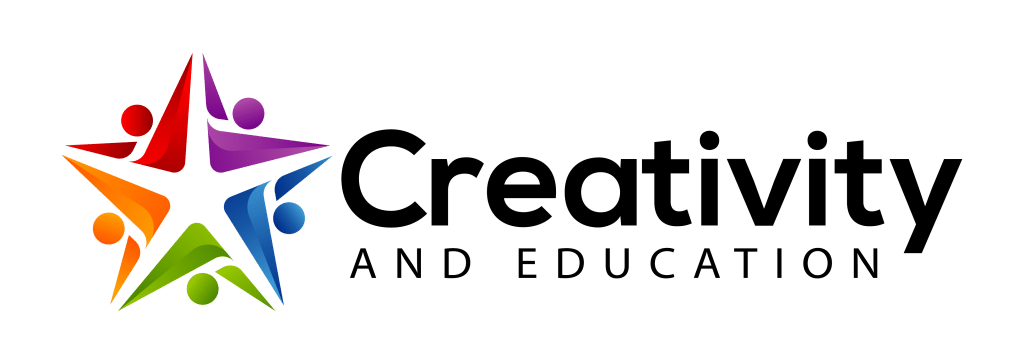I teach at a community college, and in the spring of 2018, a few of my colleagues and I had the opportunity to take part in a three-day professional development workshop. This workshop engaged us in the basic principles of creativity, some creative problem-solving tools, and the opportunity to develop personal plans of creative action for both our professional and personal lives.
By the end of the three days, my colleagues and I were ecstatic and captivated by how much we learned about creativity. As a group, we didn’t want to lose our newfound skills, so we decided that we would form a “creativity community of practice.”
Etienne Wenger describes communities of practice as “groups of people who share a concern or a passion for something they do and learn how to do it better as they interact regularly.”
Forming a creativity community of practice is actually quite easy to do. With a little time, energy, and dedication, any elementary, secondary, or post-secondary school could have their own.
The first step in forming a creativity community of practice is establishing membership. For our college, our minimum requirement was that our community was open to those who had completed the three-day workshop. We felt it was important that we all had the same foundation in order to best utilize our creativity tools.
While three-day creativity workshops are nice to have, thankfully they are not the only resources available to start learning about creativity. There are many MOOCs (Massive Open Online Courses) available through major universities, and Beyonder offers an online course specifically designed for small cohorts of educators to better understand, embody, support, integrate, and teach creativity.
Naturally, any creativity community of practice has the freedom to establish its own criteria for membership. However, for the group to work, there really should be a commitment to creativity on the part of the members in order to be considered for inclusion.
After membership has been established, the next step in forming a creativity community of practice is deciding on the community’s goals, and how to achieve those goals. In our group discussions, our first goal was to support our college by making use of our creative tools in ways that would directly or indirectly enhance the student experience. However, we wanted to do a little more. So, stretching our comfort zone, our second goal was to find ways to engage our college and start developing a culture of creativity and innovation. Finally, our third goal was to find and connect with other creativity learning partners outside of our college and share best practices.
Establishing our goals was important because it set the stage for how we were going to map out our deliverables to achieve those goals. Over the past couple of years, our community of practice has designed our own creativity professional development workshops for our colleagues, used our creative tools to help program teams and solve internal challenges, and established networking connections with other community colleges that have also engaged in creativity workshops. Our most exciting accomplishment might be our college’s brand new creativity general education course! We continue looking for new ways and opportunities to deliver on our goals.
Why might a school want a creativity community of practice? Prior to the start of 2020, it became a well-known fact that employers are looking for people who have a creative skillset. Now, this period of COVID-19 has forced both educators and students to think about teaching and learning in new and creative ways. Thus, a creativity community of practice offers benefits for educators and students alike.
One of the main benefits is finding better ways to engage in collaboration and cooperation at all educational levels. An investment in creativity is an investment in engagement, innovation, and service. A creative community of practice can help in finding new ways to communicate the curriculum.
Another benefit of a creativity community of practice is the opportunity to experiment and share new best practices with other faculty, administration, support staff, and students. Quality in teaching and learning starts with interdisciplinary learning opportunities for all. A creativity community of practice can utilize creative problem-solving techniques and improve pedagogy.
COVID-19 and other challenges to education do not need to be roadblocks to starting a creativity community of practice. With the use of video conferencing, cloud computing, and a little determination, a creativity community of practice could be established for the prosperity of both educators and students.
Please feel free to connect with me for any assistance in starting a creativity community of practice.
References:
1. Communities of Practice. Etienne Wenger.
2. The skills companies need most in 2019 – and how to learn them. Paul Petrone. https://learning.linkedin.com/blog/top-skills/the-skills-companies-need-most-in-2019–and-how-to-learn-them






